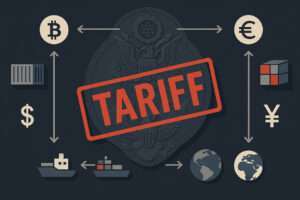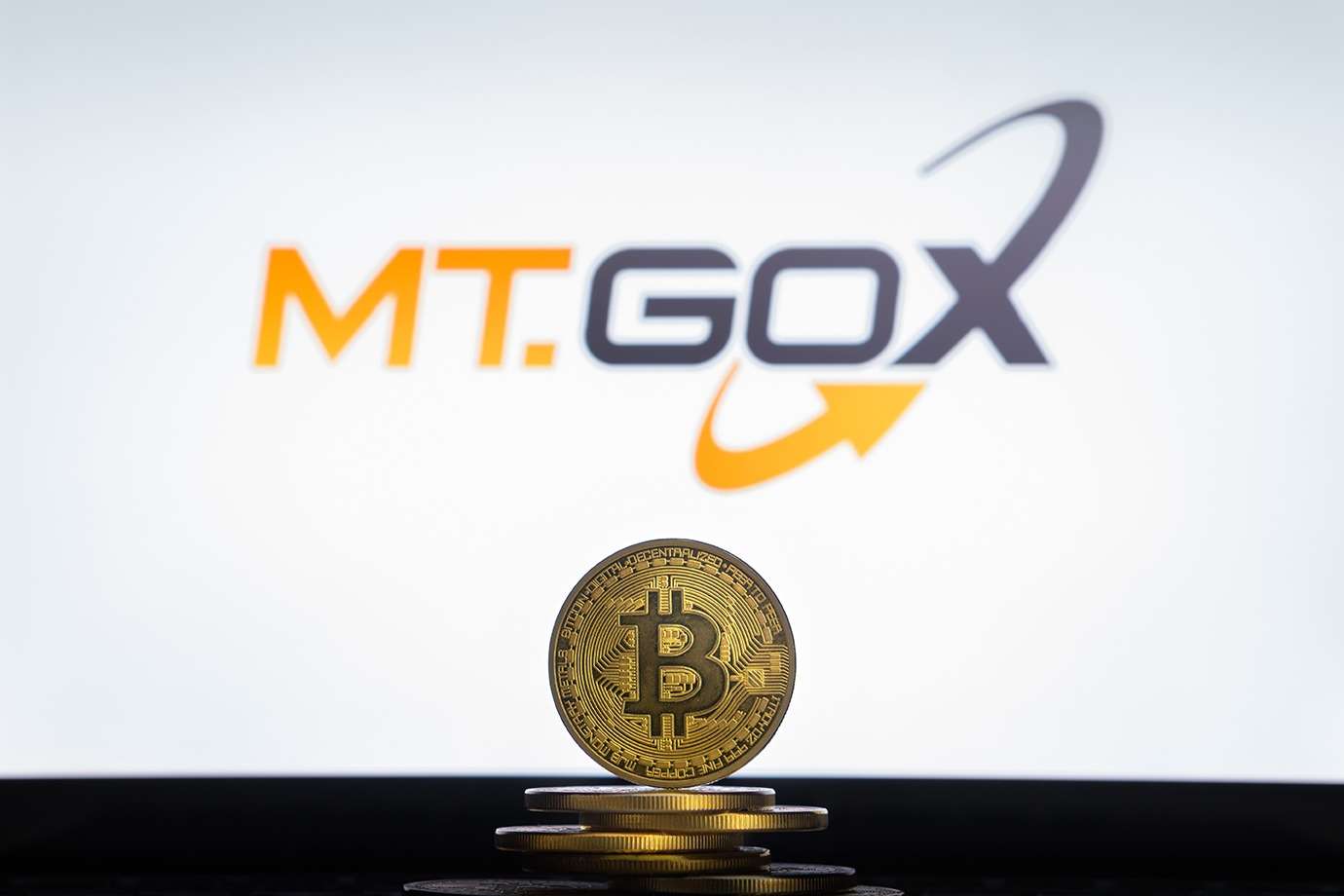“The only true shield against regulation is pure decentralisation — and very few projects can claim it.” – DNA Crypto Knowledge Base.
On 30 December 2024, the EU’s Markets in Crypto-Assets Regulation (MiCA) officially came into force, setting rules for Stablecoins, exchanges, and service providers. But one corner of crypto doesn’t fit neatly into this framework: Decentralised Finance (DeFi).
Learn more: What is MiCA and Why It Matters
The Illusion of Full Exemption
MiCA’s Recital 22 says that if a service is provided in a fully decentralised way, without intermediaries, then MiCA doesn’t apply.
Sounds like a win? Not quite.
- – MiCA doesn’t define intermediary. Is it a DAO one? What about multisig keyholders? Regulators will decide on a case-by-case basis.
- – Token issuers may avoid MiCA if tokens are fairly launched, but most still have teams, treasuries, or governance.
- – National regulators will diverge. Poland’s regulator has already suggested treating most DeFi projects as service providers.
Unless a protocol has no governance keys, no upgrades, and no identifiable issuer, it’s unlikely to qualify as “fully decentralised.”
Related: DeFi and MiCA Regulation
Hybrid Models Under the Spotlight
Most DeFi today is hybrid — decentralised in some areas, centralised in others:
- – DEXs with upgrade keys.
- – Protocols routing fees to treasuries.
- – DAOs are dominated by core teams.
MiCA could treat these as crypto-asset service providers (CASPs), requiring them to obtain licenses, report, and comply with AML/KYC regulations.
Explore: MiCA Licensing Requirements
Issuance Without an Issuer
MiCA’s rules on disclosure and liability don’t apply if there’s no central issuer.
- – Fair-launch protocols may escape regulation.
- – But if a foundation markets or profits from a token, regulators may link it back to issuer duties.
Read: Investor Protections Under MiCA
What This Means for Builders, Investors, and Regulators
- – Builders: audit your governance. Even one upgrade key may trigger MiCA oversight.
- – Investors: don’t assume “outside regulation” is true. National regulators can still classify projects as CASPs.
- – Regulators: face the challenge of enforcing MiCA without stifling innovation.
The truth is blunt: adapt, decentralise, or risk being regulated out of Europe.
More: Global Impact of MiCA
Image Source: Adobe Stock
Disclaimer: This article is purely for informational purposes. It is not offered or intended to be used for legal, tax, investment or financial advice.
Register today at DNACrypto.co












